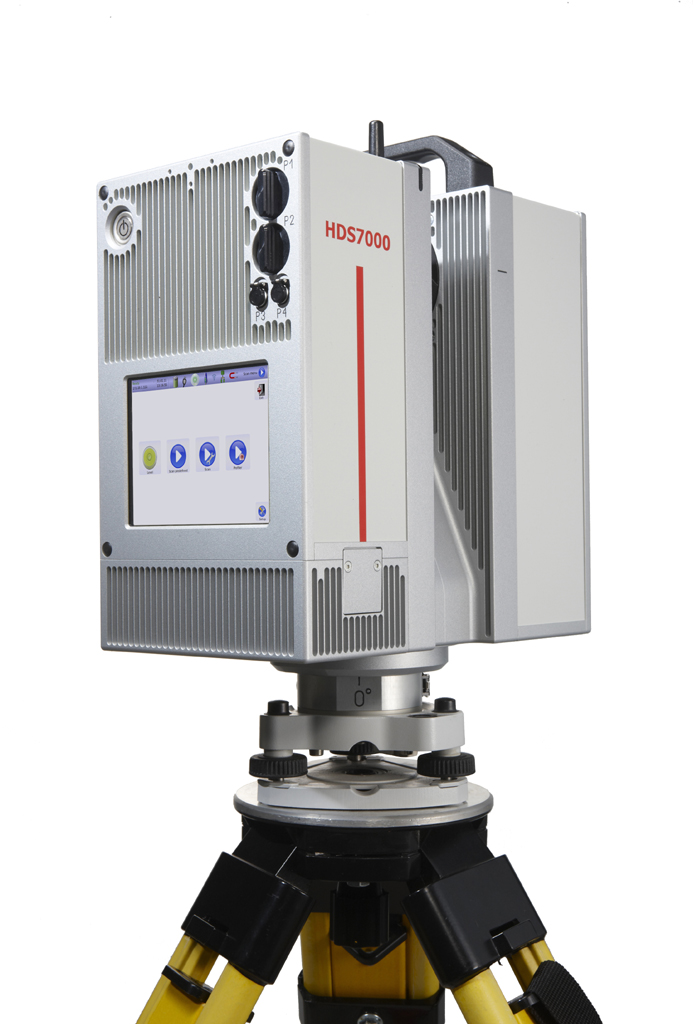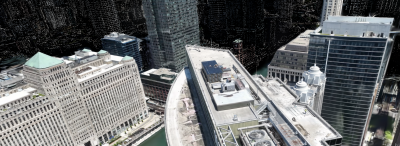Just wanted to quickly draw your attention to the new scanner that Leica has just announced – the HDS7000. I haven’t had time to do any kind of in-depth analysis on it yet (I’m going to get some more information at SPAR International, I’m sure), but it looks at first glance to address a number of the issues I’ve heard from service providers about scanners in general, and to likely be frequently compared with FARO’s Focus3D.
Here’s the full spec on it at Leica’s web site.
First, it extends its range from 79m with the HDS6200 to a full 100m. FARO touts 120m for the Focus 3D, but it’s at least in the same ballpark now.
Second, the HDS7000 is touted as collecting “> 1 million points per second.” There they’ve got FARO’s claims beat, as the Focus 3D is said to top out at 976,000 points per second (though I’ve heard a number of users say more points per second isn’t that important – they have enough time dealing with the volume of data they can collect as it is).
Third, though, is an important extension of the HDS’ operating capacity in adverse conditions, from -10C to 45C (which means it would work here in Maine for about six months out of the year…). I frequently hear that operation in harsh environments is mandatory for the expansion of laser scanning as a useful tool.
Finally, the HDS7000 incorporates a touchscreen for operation (brand new), along with integrated battery and on-board data storage, which should eliminate the need for taking a laptop into the field. I think. It will at the very least be more convenient and allow for scanning in more places.
Again, this is just a quick look, and I’ll have more later, but Leica is calling this the “best combination of high accuracy and low scan noise at longer ranges for any phase-based scanner.” Big claims.






